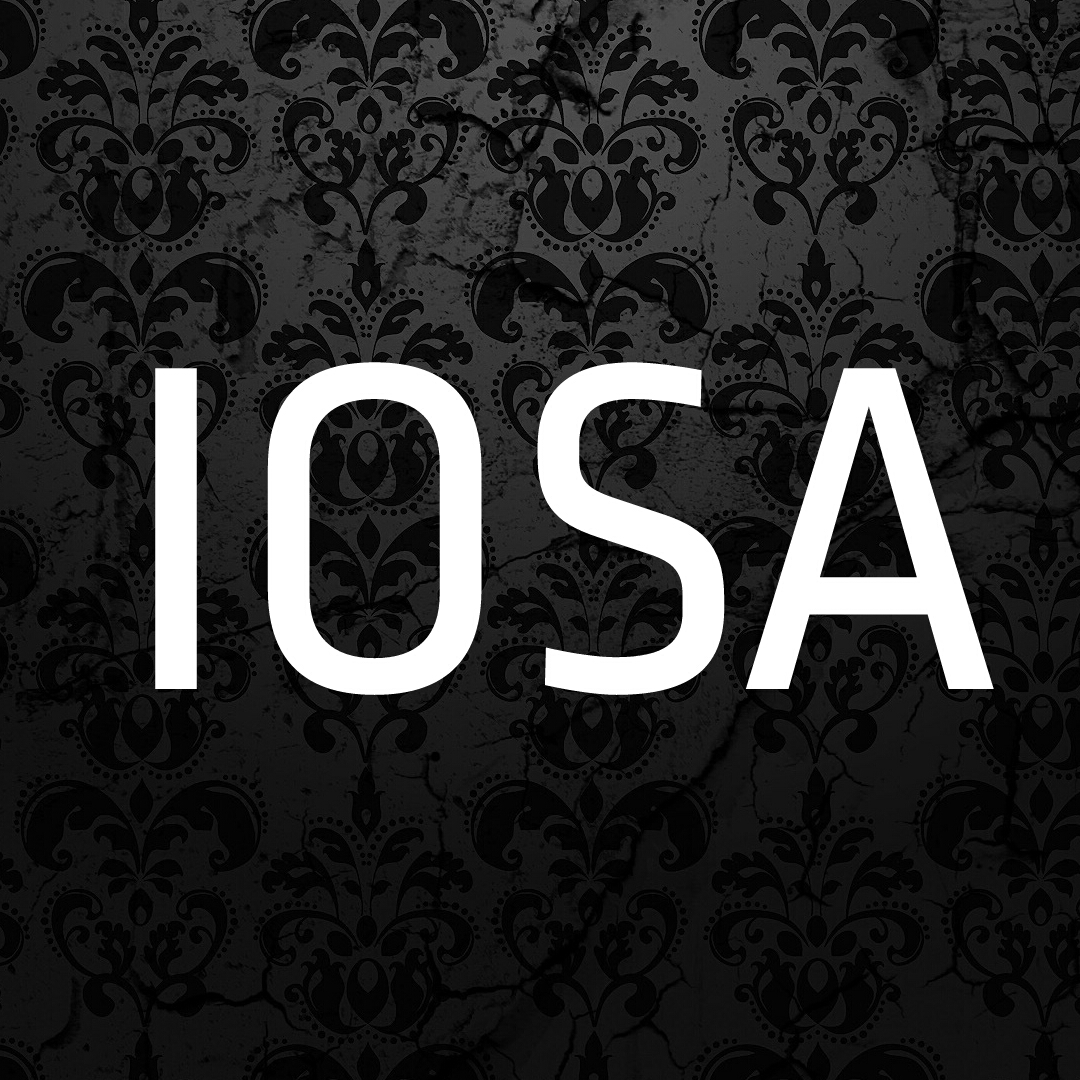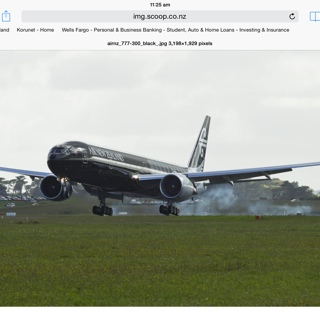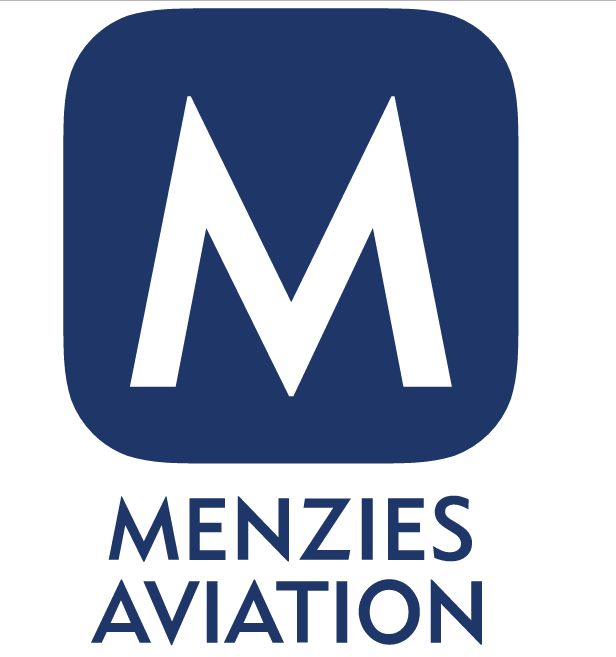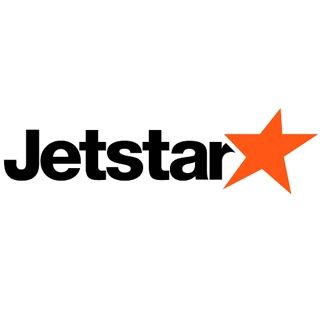Title Page
-
Document No.
-
Audit Title
-
Client / Site
-
Conducted on
-
Prepared by
-
Location
-
Personnel
Flight Preparation
Flight Preparation
-
Preflight preparation duties/responsibilities
Documentation
-
Accessibility/use of ATS flight plan
-
Requirement for IFR Flight Plan
-
Availability/use of taxi/takeoff/climb/landing performance information/data
Performance
-
Determination of safe usable fuel
-
Determination of en route aircraft engine-out performance
-
Determination of relevant aircraft performance factors
Dispatch Considerations
-
Determination of relevant airport operational requirements
-
Determination of relevant airport RVR requirements/associated limitations
-
Determination of relevant approach/landing RVR requirements
-
Consideration of relevant airport conditions/facilities
-
Determination of minimum dispatch/departure fuel
-
Identification of en route alternate airports
-
Calculation/use of PSR (isolated airport)
Flight Deck Documentation
Flight Deck Documentation
-
OM published in designated common language(s)
-
Content/accessibility of onboard library (could be in EFB)
-
Use of EFB systems/devices
-
Onboard library includes ground handling guidance
Preflight Procedures/Activities
Preflight Procedures/Activities
Maintenance and Equipment
-
Determination of aircraft airworthiness; use/application of ATL/CDL/MEL; entry of information in accordance with OM
-
PIC option to reject aircraft for airworthiness/maintenance issues
-
Aircraft exterior inspection; safety-critical areas
-
Flight deck emergency equipment/systems inspection
-
Cabin emergency equipment/systems inspection
-
Cargo/supernumerary compartment(s) inspection (cargo aircraft only)
Navigation
-
Validation of navigation database
Evacuation Preparation
-
Coordination for potential cabin evacuation
Ground Services
-
Preparation/acceptance of loadsheet
-
Flight crew notification of onboard weapons
-
Operations in ground icing conditions; de-/anti-icing procedures
-
Notification/ acceptance of onboard dangerous goods
Flight Crew Operations
Flight Crew Operations
-
Flight crew responsibilities/duties defined
-
PIC demonstrates responsibility for safety of flight; ensures compliance with checklists
-
Designation of primary PIC (when flight crew includes more than one qualified PIC)
-
Use of current OM; proper interpretation, application of OM and related checklists
-
Crew member use of designated common language(s)
-
Control/role/use of supernumeraries
-
Flight deck jump seat occupancy
Knowledge
-
Flight crew demonstrates familiarity with:
- Duties/responsibilities
- Relevant state regulations
- Authorized operations
- Relevant sections of OM
-
Flight crew demonstrates knowledge of areas, routes, route segments, airports to be used in operations
CRM Elements
-
Application of CRM/TEM principles/skills to flight management
-
Flight crew task sharing/prioritization
In Flight Procedures
-
Management of flight automation; use of level appropriate for conditions
-
Procedures for transfer of aircraft control
-
Flight crew crosscheck/confirmation when performing critical actions
-
Procedures for flight crew members leaving duty station
-
Flight crew use of standardized verbal callouts
-
Flight deck entry door operation; procedures for personnel entry, monitoring of area outside door
-
Adherence to sterile flight deck
Security and Safety
-
Flight crew compliance with seat belt/safety harness requirements
-
Prevention of unauthorized flight deck entry (no flight deck entry door)
-
Procedures for transport of passengers/ supernumeraries
Situation Awareness
-
Application of altitude awareness/actions in accordance OM procedures
-
Visual vigilance for conflicting traffic
-
Adherence to minimum altitudes
Communication
-
Flight/cabin crew notification prior to takeoff/landing
-
Flight/cabin crew communication/coordination
-
ATC communications; use of standard phraseology
-
English language proficiency in communication with ATC
-
Flight/cabin crew safety announcements
-
Conduct of departure/approach briefings that include
-
Use of oxygen masks/ supplemental oxygen
-
Determination of airport operating minima
-
Determination of airport RVR requirements/associated limitations
-
Conduct of low visibility operations
Altimetry
-
Use/setting of barometric altimeter
-
Barometric altimeters referenced to QNH for takeoff/approach/landing
-
Barometric altimeter conversion/corrections
Adverse Weather and Condition
-
Operations near adverse weather/environmental conditions
-
Windshear awareness/avoidance
-
Wake turbulence awareness/avoidance
-
Compliance with wind component limitations
-
Compliance with aircraft operating limitations
-
Computation of relevant aircraft performance
-
Runway incursion prevention/risk reduction
-
PIC responsibility to record required flight information
Taxi/Takeoff/Climb/Cruise Operations
Taxi/Takeoff/Climb/Cruise Operations
-
Determination of safe all-engine climb gradient
-
Compliance with turn-after-takeoff altitude limitations
-
Procedures for VFR partial operations
-
Monitoring of radio frequencies
-
Monitoring of navigation performance
-
Verification of navigation accuracy
-
Conduct of specialized navigation operations
-
Conduct of RVSM/RNP operations
-
Conduct of EDTO
-
In-flight fuel management procedures
-
Monitoring destination/alternate airport weather conditions
-
Uncontrolled airspace/airport operations
Descent/Approach/Landing Operations
Descent/Approach/Landing Operations
-
Prohibition of flight crew transfer of duties below 10,000 ft
-
Compliance with descent rate restrictions at low altitudes
-
Determination of conditions for approach/landing
-
Adherence to approach/landing operating minima
-
Assessment of landing factors/computation of landing distance
-
Application of stabilized approach criteria
-
Missed approach/go-around from unstabilized approach
-
Landing in touchdown zone
-
Visual approach operations
-
Non-ILS approach operations
-
Non-ILS approach operations; final segment profile
-
ILS approach operations
-
Circling approach operations
Non-Normal/Abnormal and Emergency Operations
Non-Normal/Abnormal and Emergency Operations
Communication
-
Flight-cabin crew communication during non-normal/abnormal/emergency situations
-
Communication procedures for abnormal/emergency situations
-
Flight crew execution of normal/non-normal/emergency procedures
-
Rejected takeoff procedures/considerations
-
Engine fire/failure after V1 procedures
-
TCAS/ACAS RA procedures
-
GPWS/terrain alert/warning procedures
-
Emergency descent procedure
-
Circuit breaker re-set procedures
-
Flight-cabin crew emergency evacuation procedures (with cabin crew)
-
Flight crew emergency evacuation procedures (without cabin crew)
-
Medical emergency procedures
-
Flight crew incapacitation procedures
Aircraft Systems/Equipment
Aircraft Systems/Equipment
-
Flight deck instrumentation/navigation/ communication systems
-
-
Flight crew oxygen system/components
-
Pressurization system; warning for loss of pressurization
-
PBE type/installation/locations
-
Hand-held fire extinguisher type/locations
-
Crash axe/crowbar installation
-
Flashlight/torch installation at flight crew stations
-
ELT type/installation
-
Navigation equipment type/installation suitable for meeting MNPS
-
Systems/equipment suitable for meeting RVSM
-
ACAS II installation
-
ACAS II installation with system software version 7
-
Pressure altitude reporting transponder installation
-
Airborne weather radar system installation
-
GPWS installation/EGPWS and required warning functions
-
Forward-looking windshear warning system installation
-
FDR type/installation/functions
-
CVR installation/functions
-
First aid kit installation/locations
-
Seat belt/safety harness installation
-
Flight deck door design/installation












